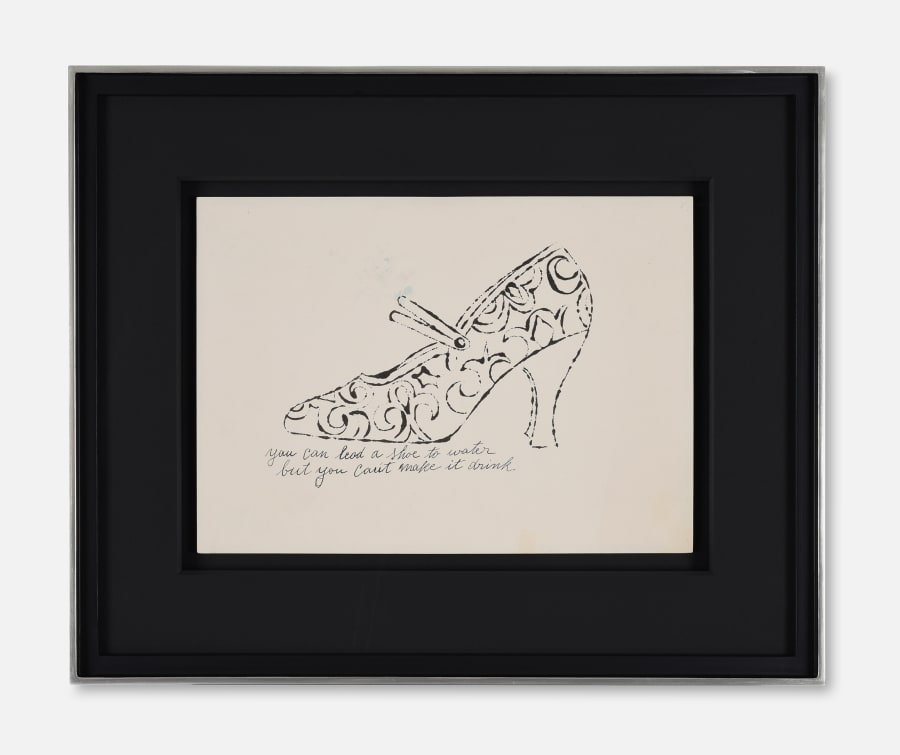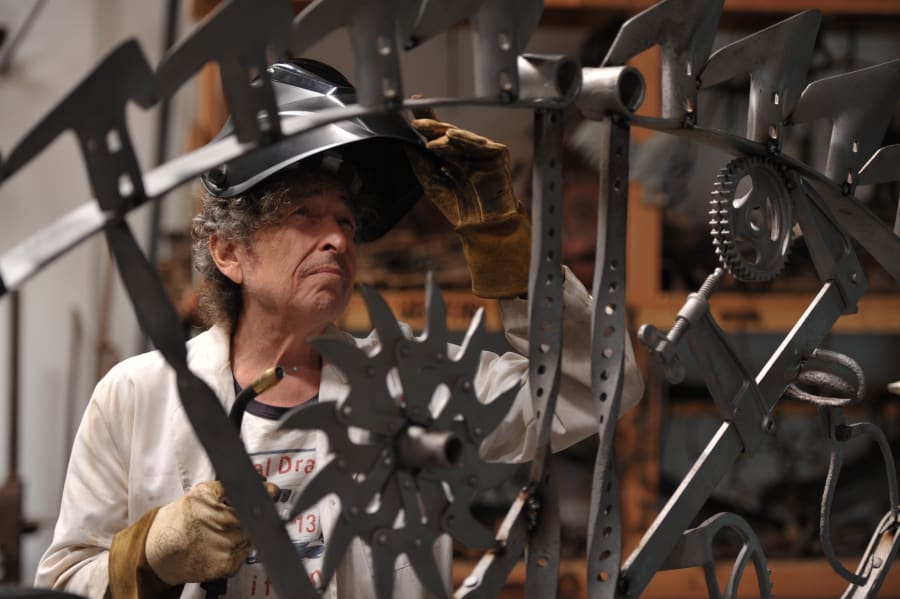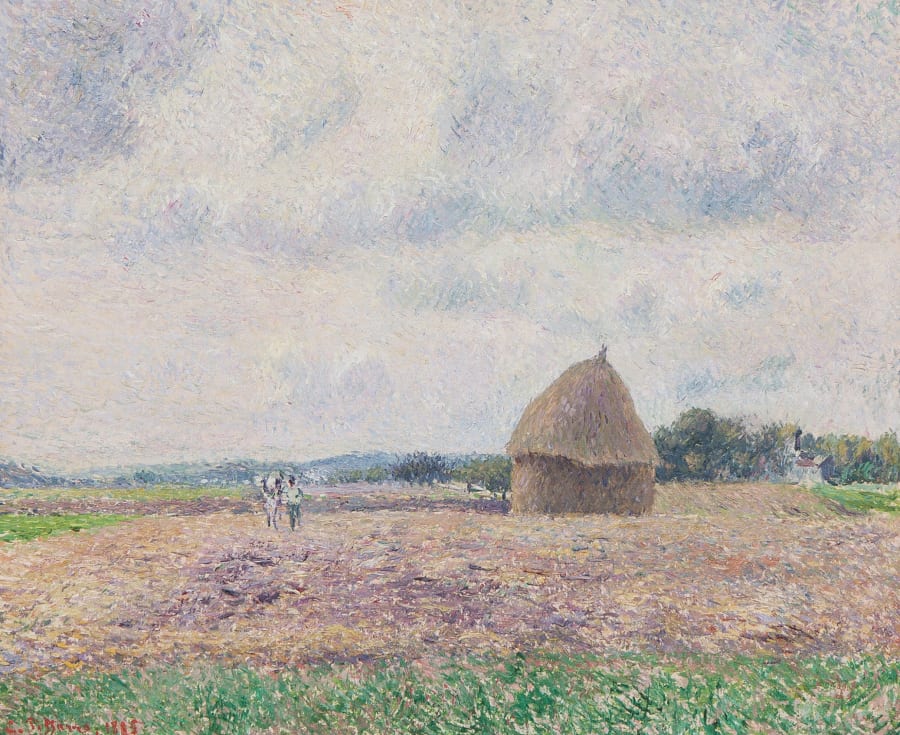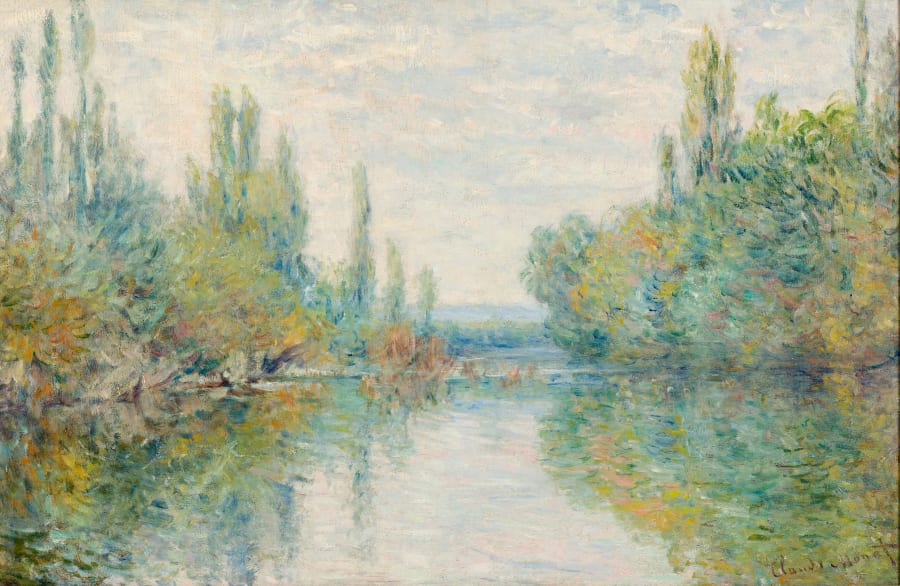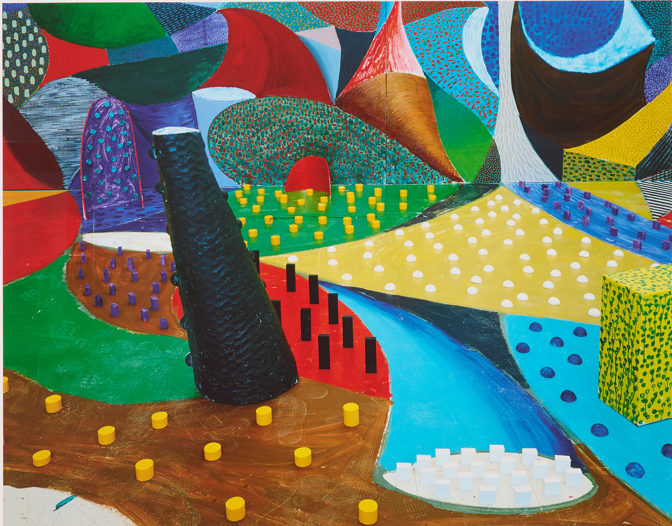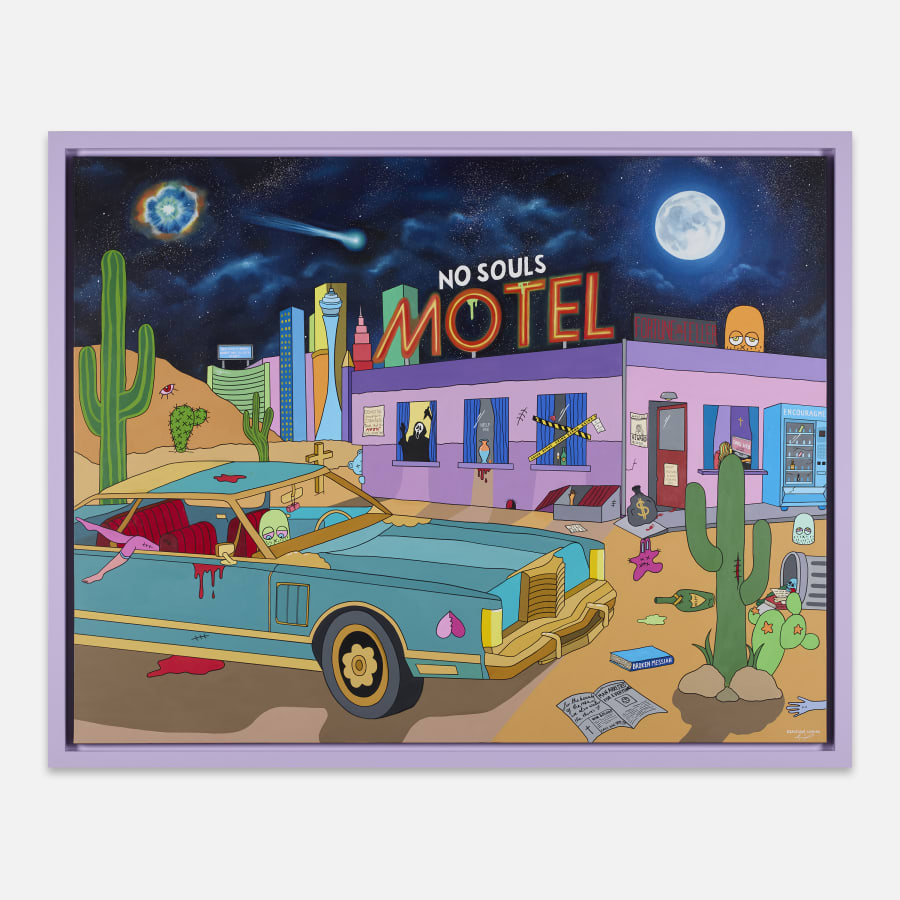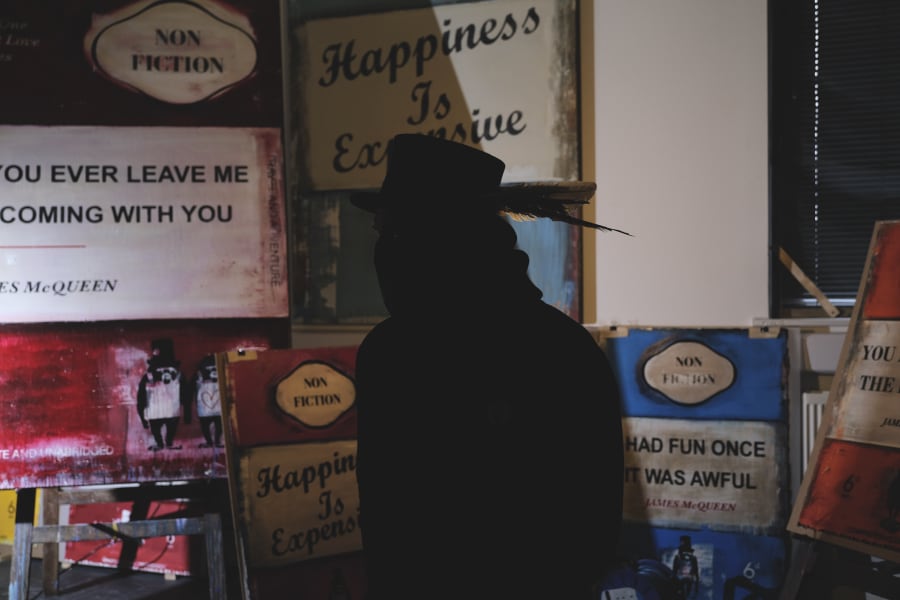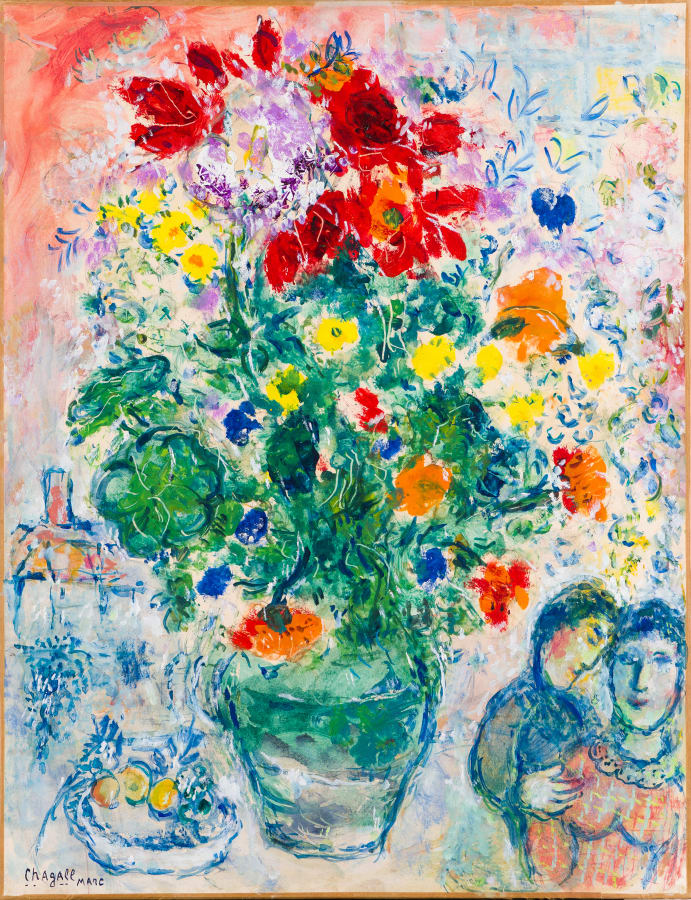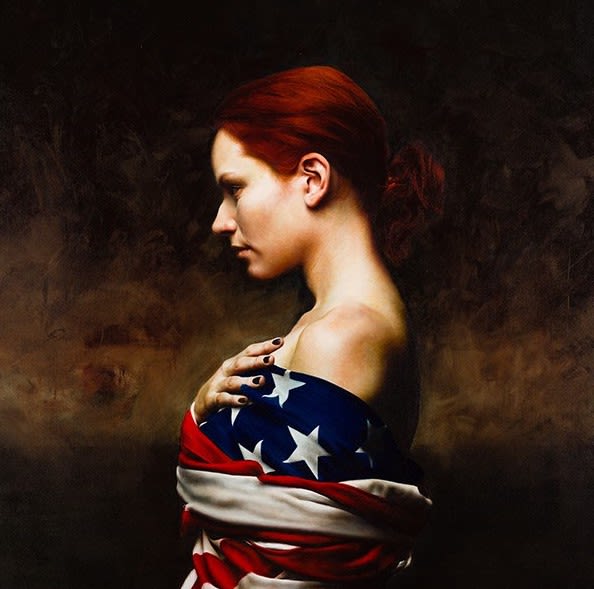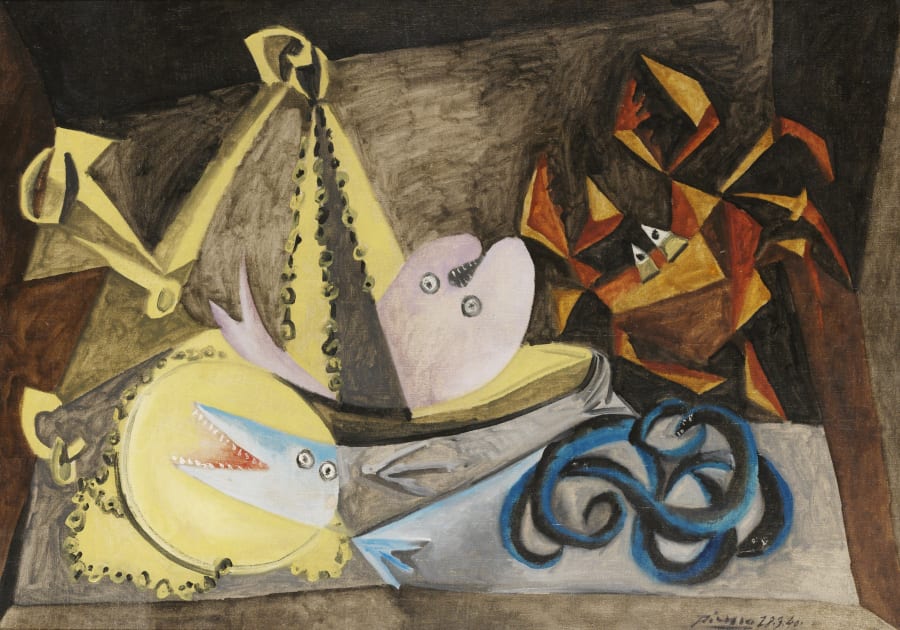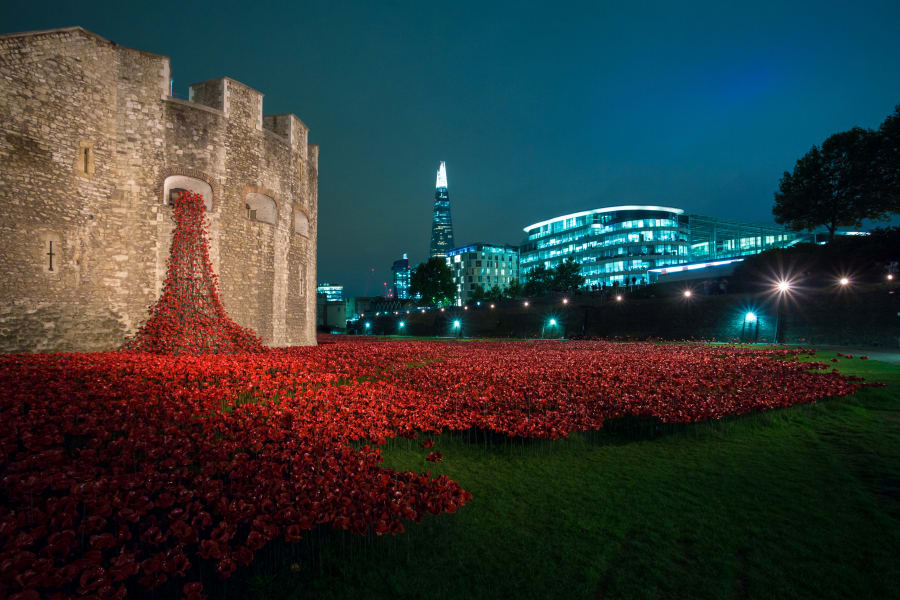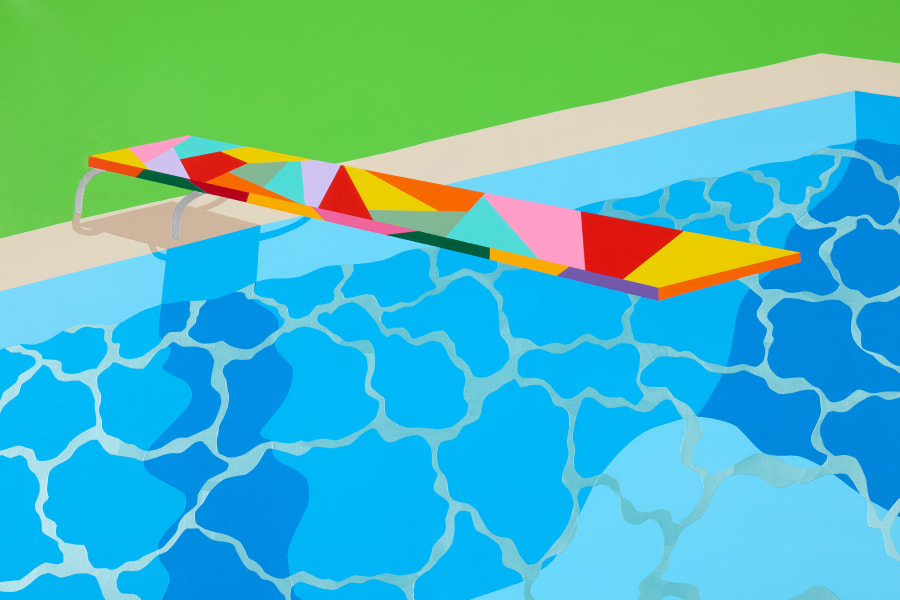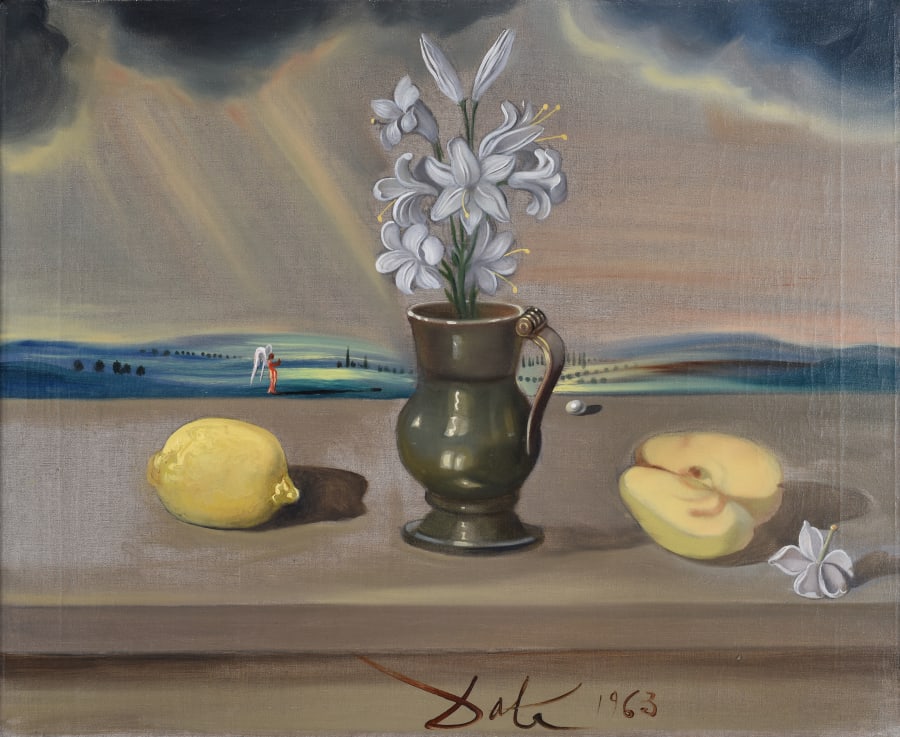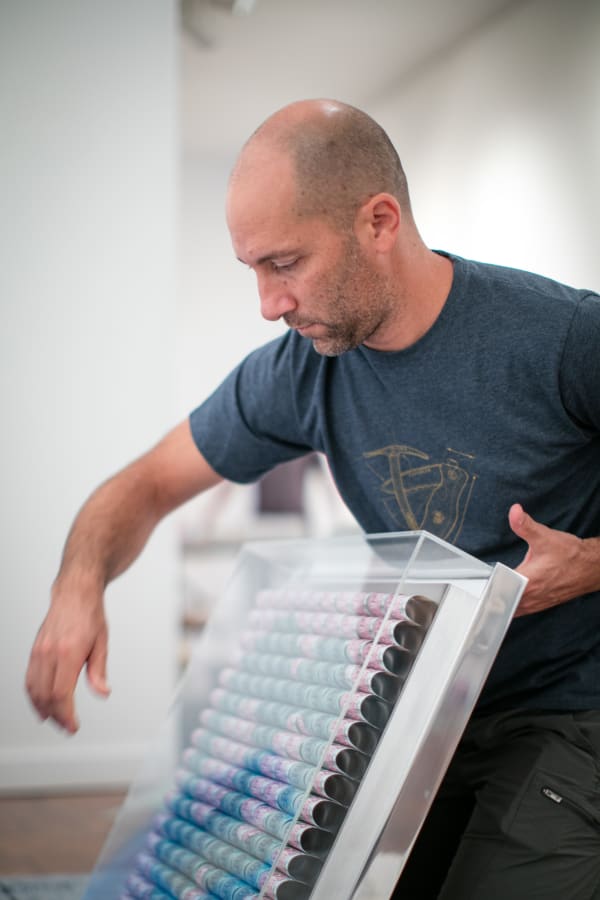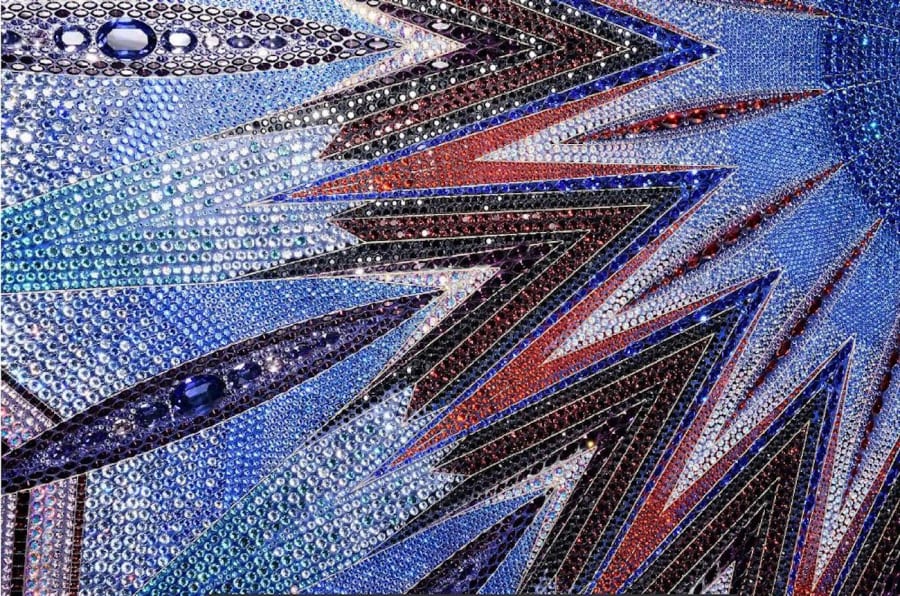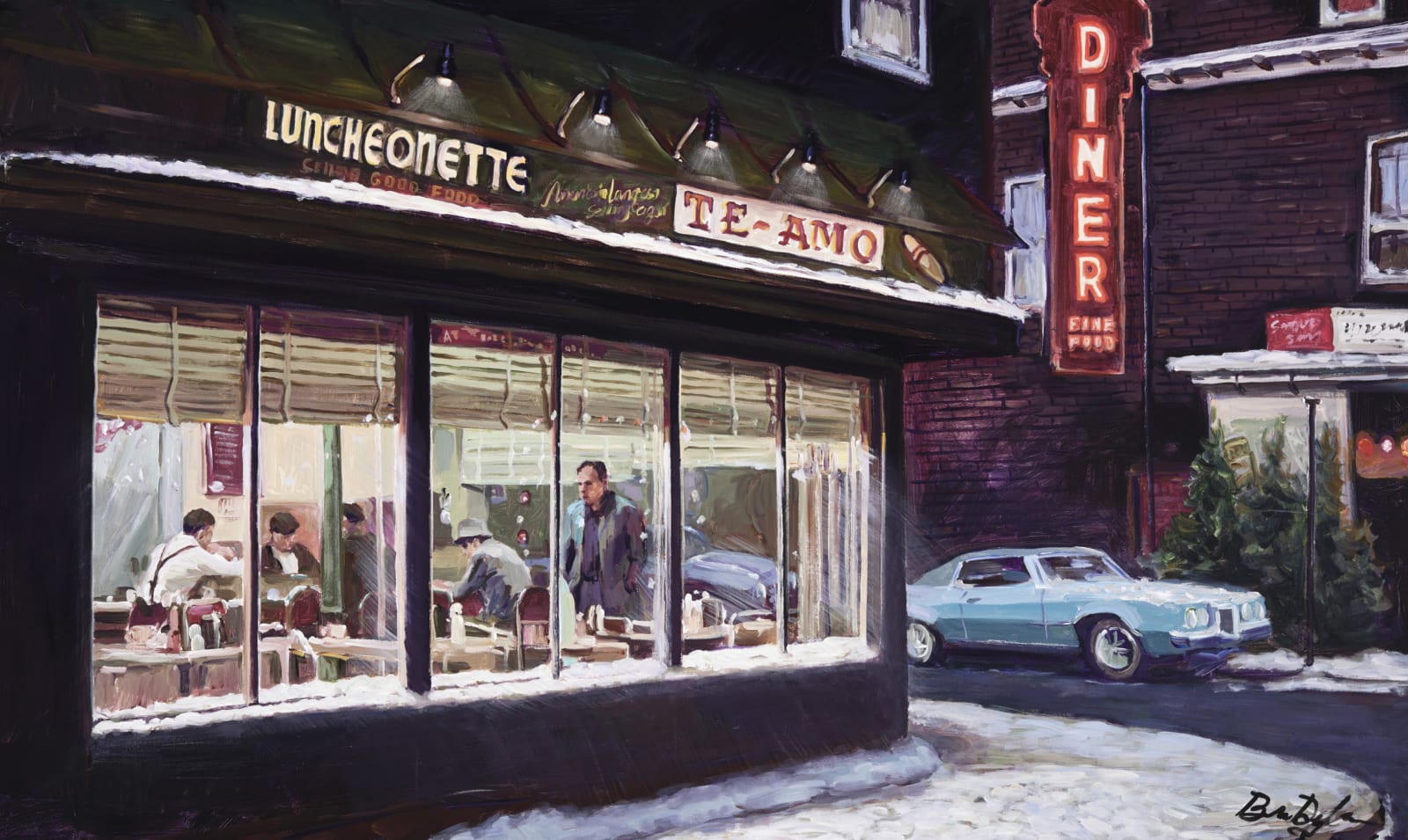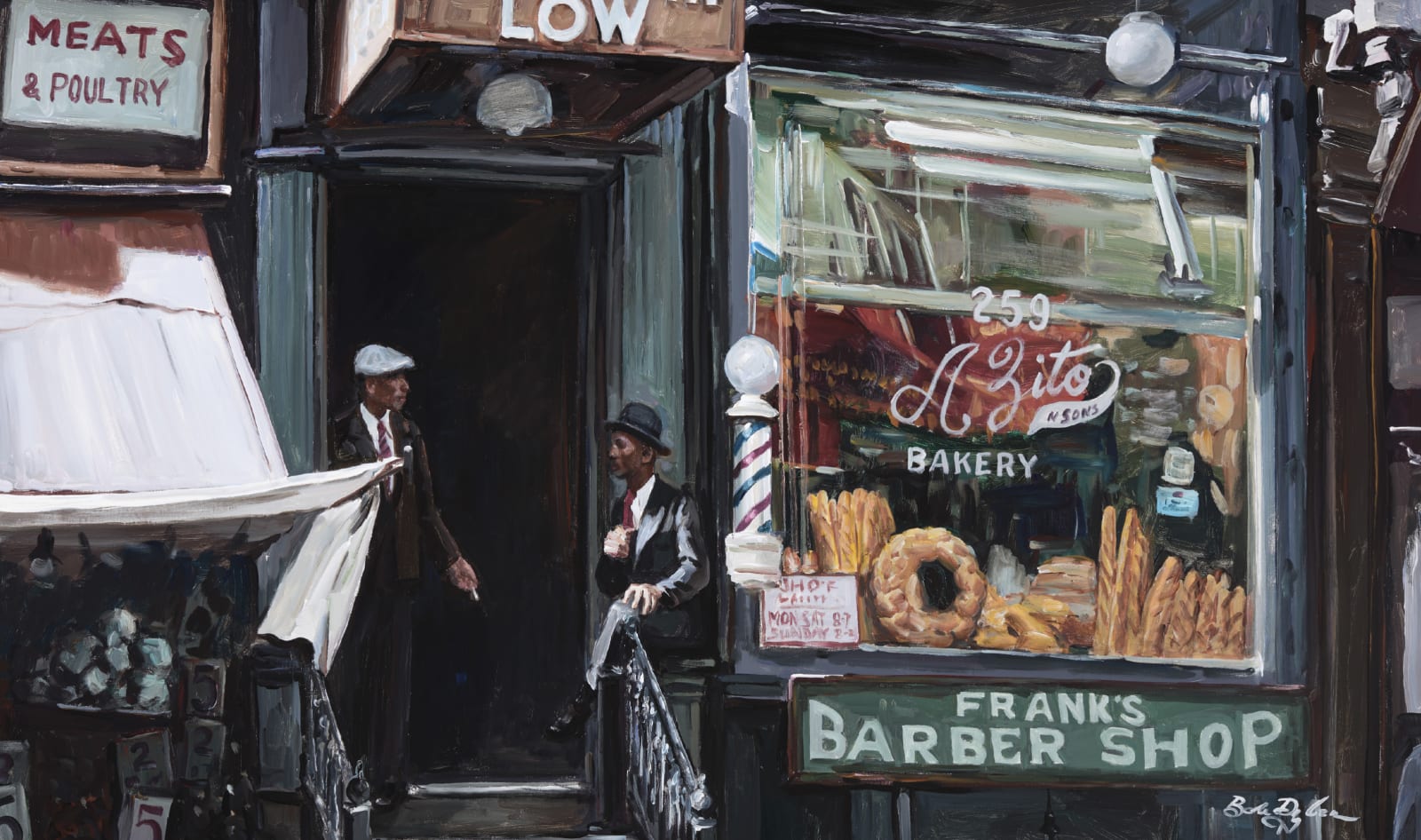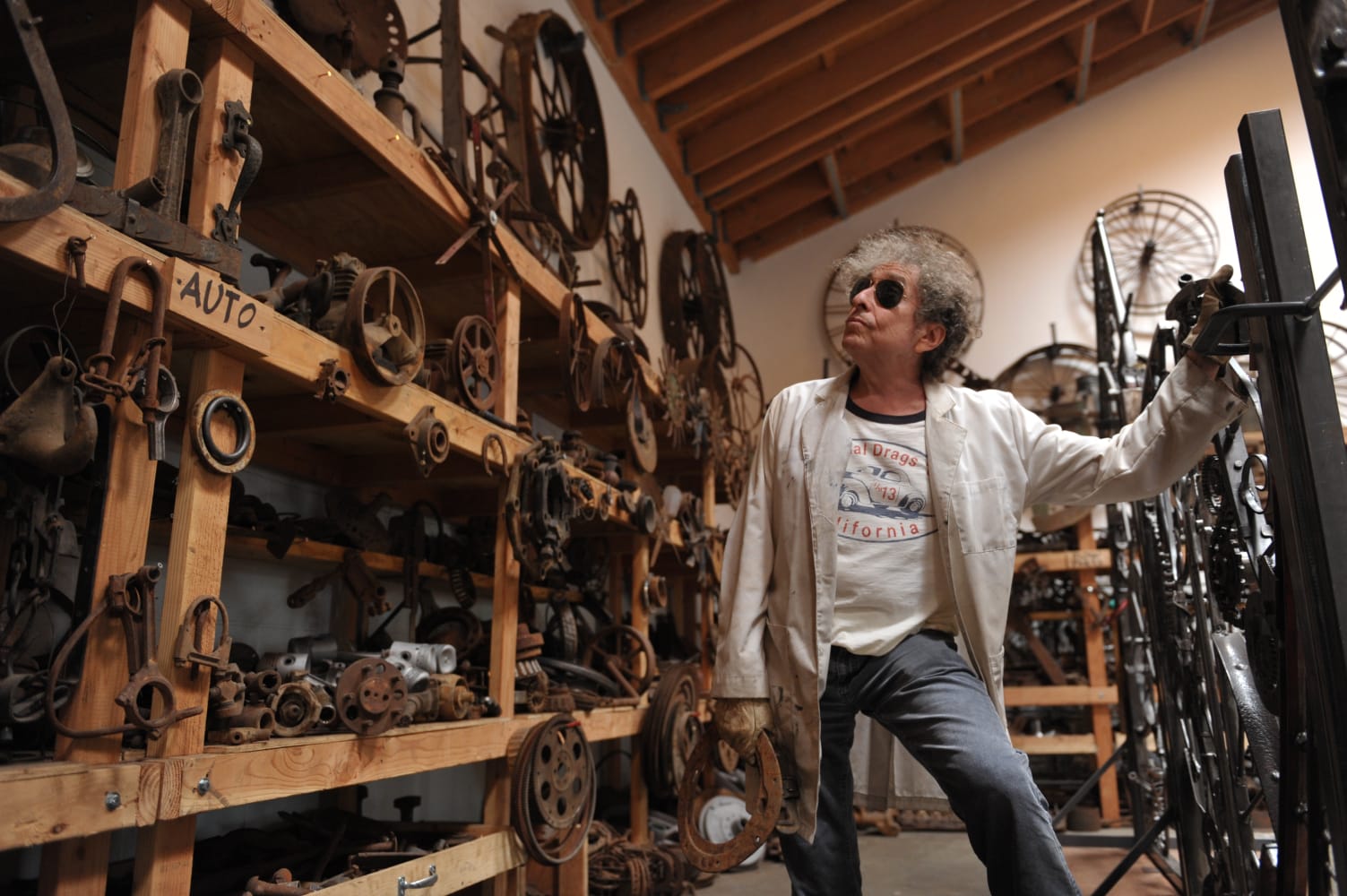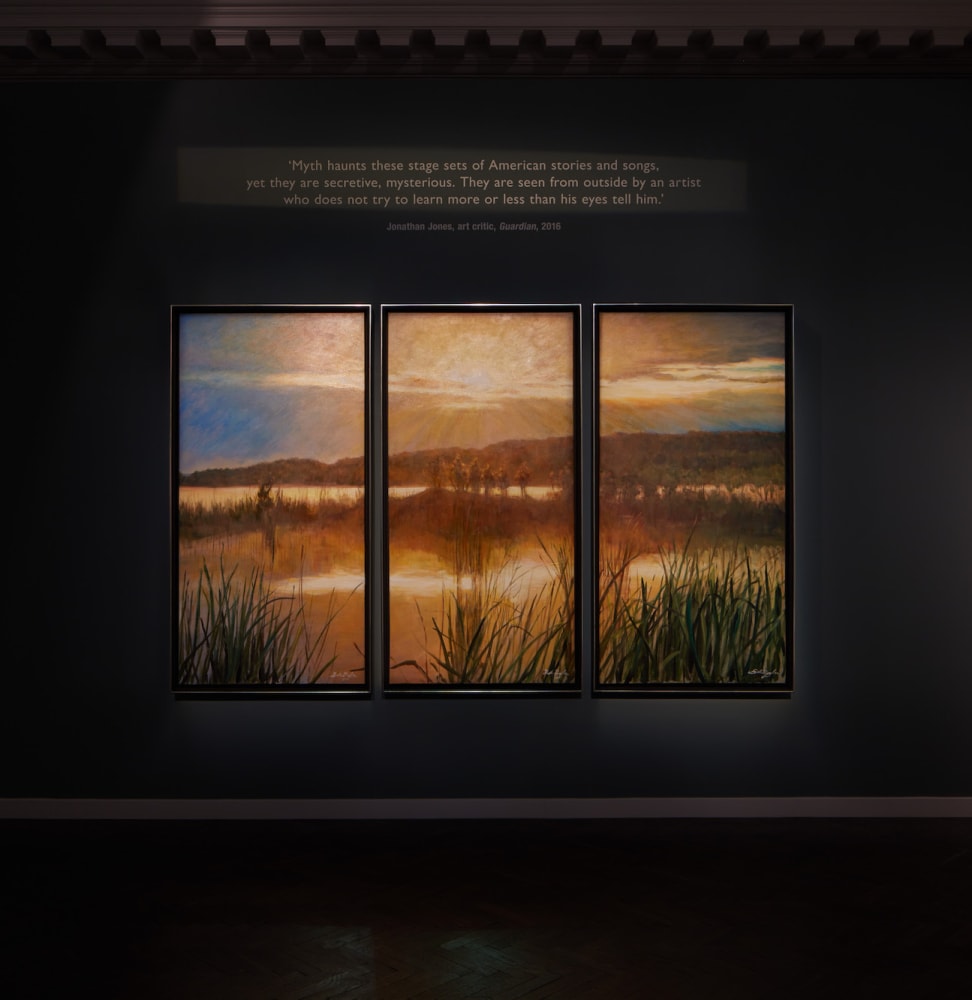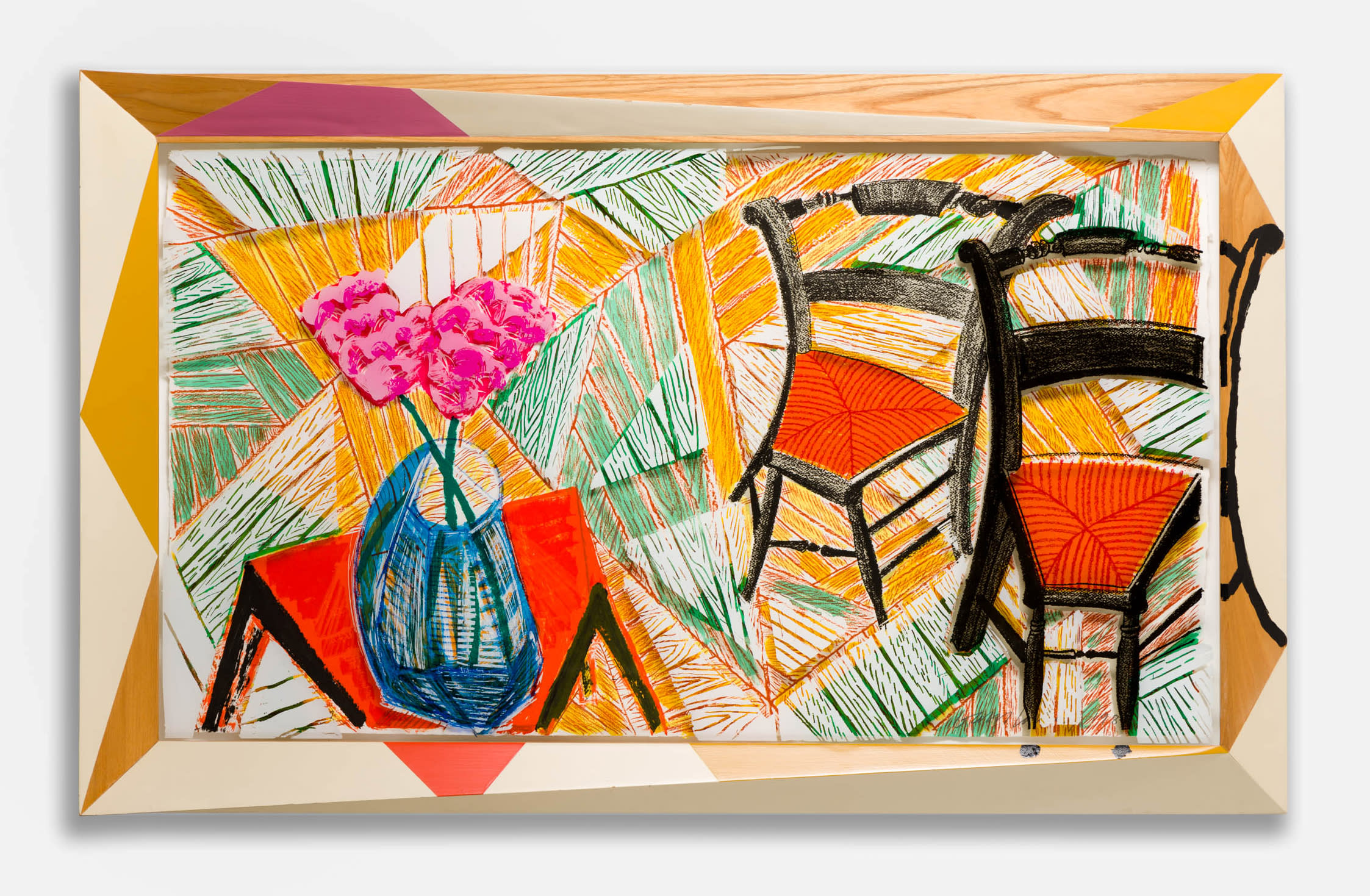

David Hockney
Selected Works
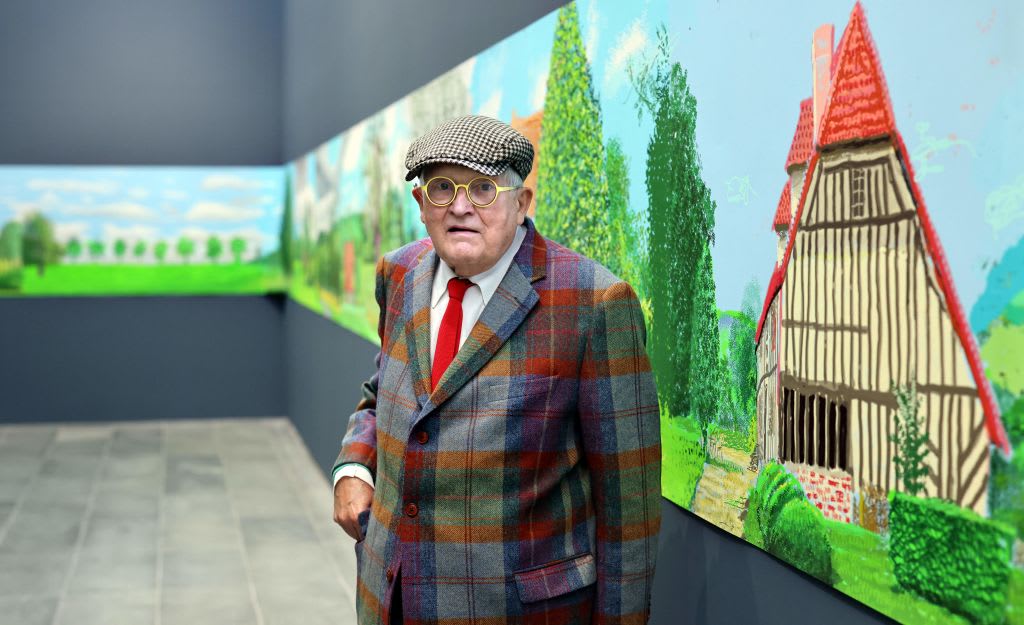
David Hockney, b. 1937 is an English painter, draftsman, printmaker, stage designer, and photographer. Hockney’s subject matter, techniques and mediums are extremely diverse and always evolving. He began his career as a pop artist, making swimming pools an important subject, but he went on to explore cubism, collage, photography, intricate landscape paintings and even digital drawing on an iPad.
David Hockney is one of the most influential British artists of the 20th and 21st centuries. Recognised as a pioneer of Pop Art in the 1960s, Hockney has produced some of the most widely recognisable and celebrated works of art over the last six decades. Hockney’s endless pursuit of experimentation has resulted in an oeuvre of diverse media encompassing painting, printmaking, photography, digital works and stage design.
Hockney was born on 9 July 1937 in Bradford, Yorkshire, the fourth of five children in what he describes a ‘radical working-class family.’ In 1948 he won a scholarship to Bradford Grammar School where he was awarded prizes for art. In 1953 he enrolled at Bradford College of Art, studying there until 1957. Here he painted in a naturalistic style in oils – his medium of choice for much of his life – and gained a National Diploma in Design. From 1959 to 1962 Hockney attended the Royal College of Art, London. In 1961, Hockney exhibited at the seminal Young Contemporaries student show that brought Pop Art to prominence in Britain.
In 1963 he had his first solo exhibition, David Hockney: Pictures with People In at the Kasmin Gallery in London. In 1963 he travelled to the United States, visiting New York where he met Andy Warhol, and then Los Angeles. Hockney was taken with the lifestyle and culture of California and decided to move there in January 1964. It was here that Hockney discovered his great subject - the swimming pool, which would become the setting for many of his major paintings of the 1960s and 1970s.
In 1970, Whitechapel Gallery, London, held his first retrospective, David Hockney: Paintings, Prints and Drawings 1960-1970. Following the death of Picasso in 1973, Hockney moved to Paris to produce a suite of etchings in his honour. After 15 years divided between Europe and America, he decided in 1978 to settle permanently in Los Angeles.
Energetic and experimental, Hockney was always eager to try new media and techniques, and in 1978 master printer Ken Tyler introduced him to a method of adding dye to wet paper pulp. In just 45 days Hockney produced a series of 29 richly coloured Paper Pools. During the 1980s he continued to assemble photo collages, creating hundreds of montages reminiscent of Cubist paintings. Hockney’s interests extended to new technology, beginning with graphics on the computer program Quantel Paintbox, home-made prints on photocopiers which layered colour or manipulated selected details, and faxes.
Hockney’s ‘home-made’ Xerox prints were developed in the Spring of 1986 as a means of restoring spontaneity and autonomy to his printmaking. Having worked exclusively with collaborators for several years, he sought a form of making that would allow him to create and reproduce art without restriction. Keen to test the limits of the medium, his experimentations with the photocopier mark this attempt. Hockney’s journey into printmaking began in Bradford College where he studied lithography. This marked the beginning of one of the longest and most diverse artistic careers in modern printmaking. From lithography, etching and screen-printing, to more radical experimentations of the medium, Hockney’s life-long curiosity and testing of printmaking techniques has placed him among the finest printmakers of the last century.
Hockney continued to paint prolifically during the 1990s, and in 2003, after four decades abroad, returned to Yorkshire where he began working en plein air. During this period, Hockney created the Arrival of Spring (2011) comprising of iPad drawings. This body of work resulted in the Royal Academy, London, to commission a blockbuster exhibition, David Hockney: A Bigger Picture (2012)featuring large scale East Yorkshire landscapes and iPad drawings.
Prompted by the tragic death of his studio assistant, Hockney moved to Normandy in 2019. In the 2020 Covid-19 lockdown, Hockney produced over 100 iPad images capturing the changes of light and climate over the course of a few weeks. This work continued for the rest of the year culminating in a show at Musée de l'Orangerie titled A Year in Normandy (2021-2022).
In 2024, Halcyon opened David Hockney: Living in Colour, one of the world’s largest collections of David Hockney’s graphics. The exhibition comprised more than 150 works and spanning 6 decades, including his iconic pool images, self-portraits, still life, and landscapes. In April 2025 a major retrospective of Hockney’s work opened at the Fondation Louis Vuitton in Paris. This is the artist’s largest exhibition to date, featuring over 400 works from 1955 to 2025 including artworks from private collections, major international institutions as well as work from the artist’s own studio. The breadth of media –from oil and acrylic painting, ink, pencil and charcoal drawings, digital art and video installation – is testament to Hockney’s ongoing legacy as one of the most diverse and celebrated artists of our time.















